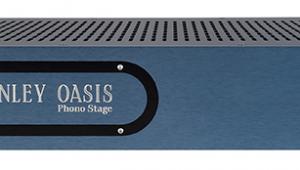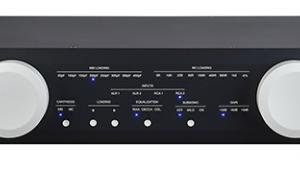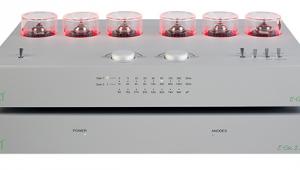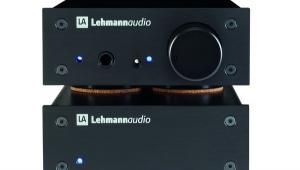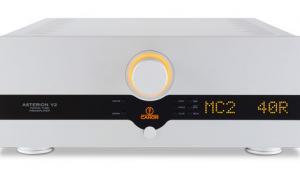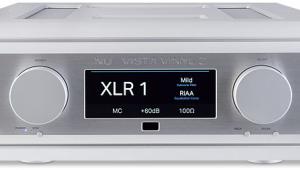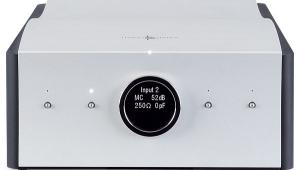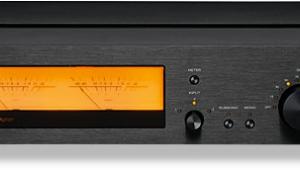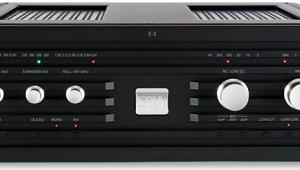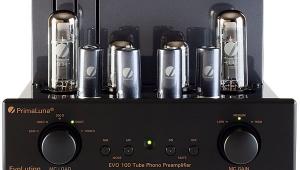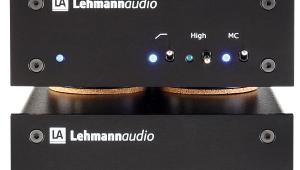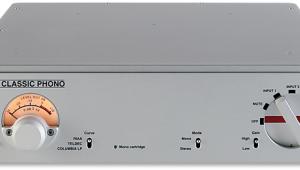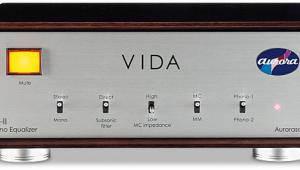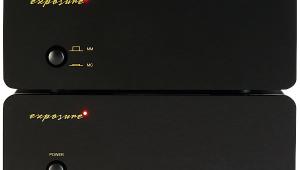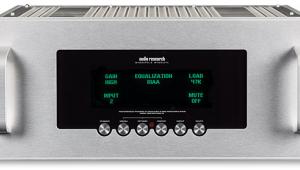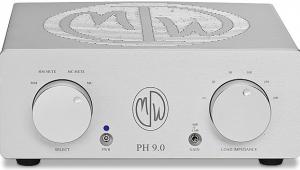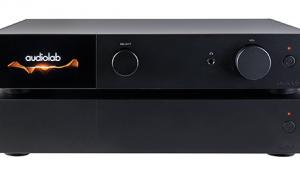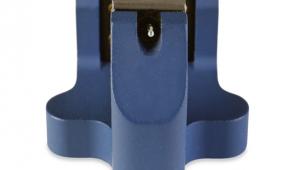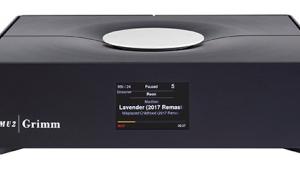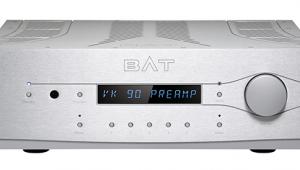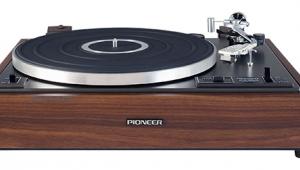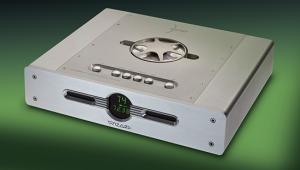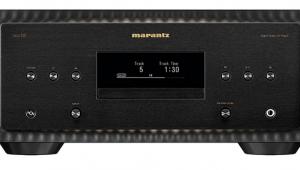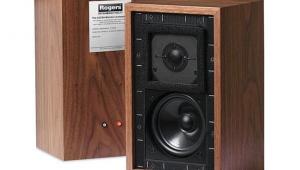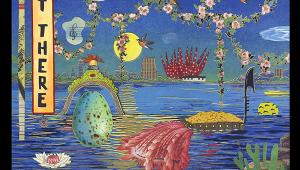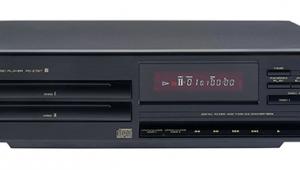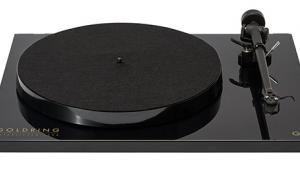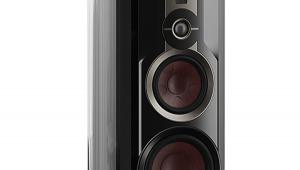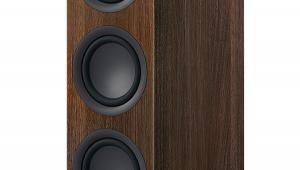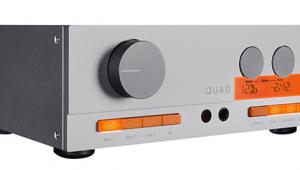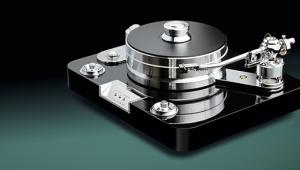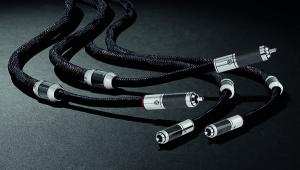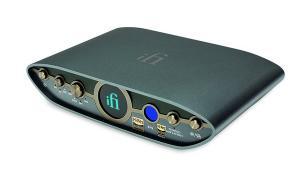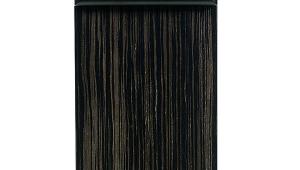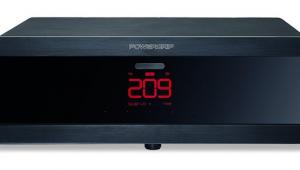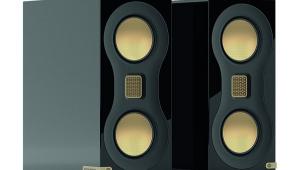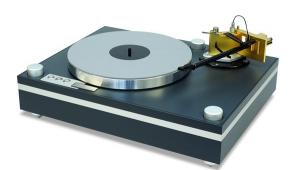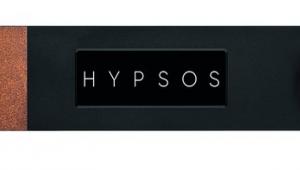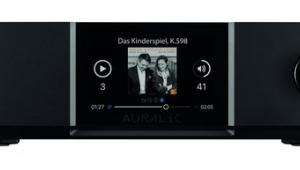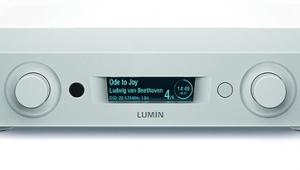Nagra HD Phono phono preamp
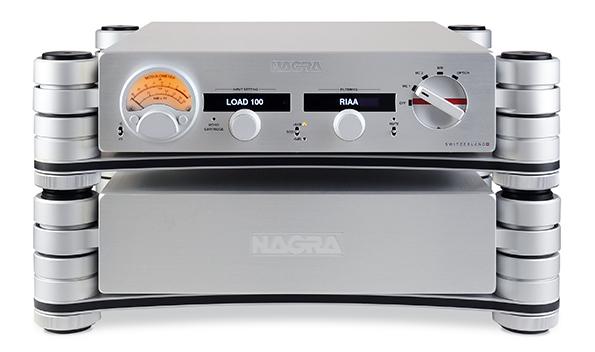
With the HD Phono, Nagra has joined a rather select group. By my estimation, there are but a half-dozen manufacturers of phono stages costing above £50,000. At a heady £68,500, the all-valve Nagra HD Phono is about as expensive and exclusive as it gets, and for that amount of money you expect to get everything. And you do.
This beautifully engineered two-chassis affair consists of the phono section and a separate power supply, the latter being a feature of each component in the HD series. The pairing oozes Swiss artisanship, and Nagra even states that ‘the transformer itself is hand-wound in a very delicate process requiring watchmakers’ type of skills’. So it’s not just me who sees a link between horology and audio...
Side by side
Each CNC-machined aluminium chassis occupies 438x130x439mm (whd). Both are satisfyingly chunky with the phono section weighing 14.5kg and the power supply 16.5kg. They are suspended via a damped, ‘constrained-layer’ platform with a height-adjustable isolation-damped pillar in each corner for vibration resistance. Despite how instinctive it is to stack them, as PM and Nagra stress they’re best positioned side-by-side to avoid noise. You have a bit of leeway when separating them thanks to the 1m pair of umbilical cords which connect the two.
For the power supply, all of the activity is at the back, the front being completely unadorned save for the company logo. The rear panel – identical in layout to the HD Preamp’s power supply [HFN Nov ’18] – includes two LEMO sockets of differing sizes for the umbilical cords so you cannot make a mistake connecting them. One feeds the HD Phono’s tube circuitry, the other the logic control section for the complex operational features. While the power supply looks exactly the same as, and is based on, those of the HD Preamp and HD DAC X, it has been further developed with ‘innovations which make it even more silent with improved performance’. They are not interchangeable, but all are supercapacitor designs that, in this instance, offer the advantages of a battery supply without the limited lifespan, heat sensitivity, etc.
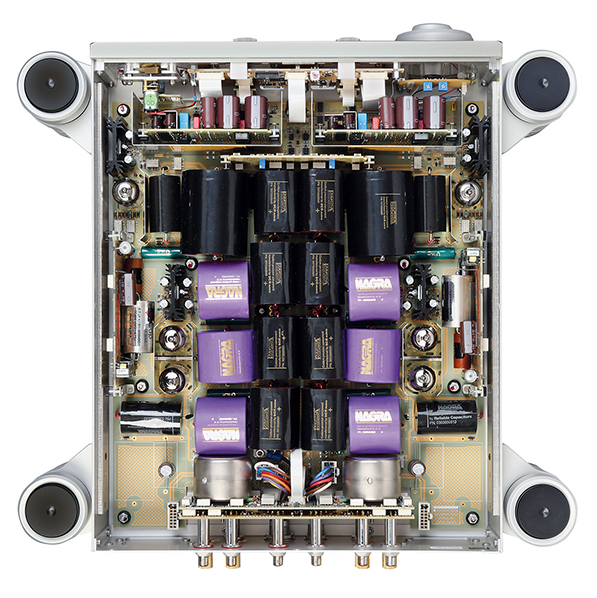
The phono stage’s rear panel is necessarily busier, hosting RCAs for MC1, MC2 and MM, thus telling you that the HD Phono has the capacity for three turntables/arms/cartridges all at once. Aiding this are four earthing posts, which prove especially useful when you have tonearms such as SME’s Series V and new Vi, with earthing cables terminating in two spade connectors.
Above the phono section’s LEMO PSU sockets is a pair of single-ended RCA outputs. Here my curiosity was piqued, because there’s no balanced XLR output despite the partnering HD Preamp accepting XLR sources. Ah, well. Also on the back are left and right sections with blanking plates; these will accept optional modules for custom MC transformers.
Hit the lights
The fascia is effectively divided in two with the Modulometer [see PM's Lab Report] indicating the output level in dB and with an adjacent toggle to adjust its brightness in five steps, this next to a mono cartridge LED and rotary for setting the input loading. In the centre a ±6dB gain toggle acts on both MM and MC inputs, and to the right is an EQ rotary, mute switch and, lastly, the rotary that takes the unit from standby and selects the inputs of MC1, MC2, MM and the optional custom input (if fitted).
Inside are six valves – four EF806S-Gold pentodes in the EQ section and two E88CC/6922 triodes for the ±6dB gain block. The circuitry is dual-mono and pure Class A, naturally. For MC duties, the HD Phono employs a new generation of custom-made input transformer from a lineage that includes the original VPS transformer, in turn based on the Nagra IV-S tape recorder’s microphone input transformers. Talk about a pedigree! In Nagra lore, then, the HD Phono’s transformers are fourth-generation designs, offering 26dB of gain. The hand-wound transformer’s core is made with cobalt ‘and is cryogenically treated over the course of several weeks to improve performance’.
Using – appropriately – a fine Swiss chronograph from Breguet, I timed warm-up from when I switched the main rotary from ‘Off’ to ‘MC1’. It takes a reassuring if agonising 2min 8sec – yes, 128 seconds – to go from cold to playing, following a fascinating sequence monitored in the two display windows with messages explaining each stage of the warm-up process, before settling on the load value in the left window and the chosen equalisation in the right, clearly being RIAA for most of the time.
That said, Nagra has included in the HD Phono pre-RIAA settings of Teldec, NAB 100µS, Victor EUR, and Victor USA. If some are missing, their absence is academic: it will not matter to most of you. I own close to 14,000 LPs. Only four of them are not RIAA-compliant, and I can hardly hear the difference. Far more important is this unit’s moving-coil cartridge load adjustability from 10 to 390ohm, with steps as fine as 5ohm for smaller values. I counted no fewer than 64! MM users can set one of five capacitance values from 0-220pF.
![]() Sound of silence
Sound of silence
In my 57 years as an audiophile, I have handled at least 30 all-valve phono stages. Unsurprisingly, as a tube addict, I have kept five at various price points and rarely revert to solid-state phono stages unless built into the preamp or for particular matching. The point I’m getting to is that the Nagra HD Phono is the quietest phono stage I have ever used, valves or otherwise.
It seems to embrace whatever cartridge you feed it, gracing conventional MMs or MCs with the silences that I thought were only available with DS Audio’s photo-optical cartridges (which require dedicated energiser/phono stages and are not compatible with MM or MC inputs). Among the cartridges I used were TechDAS TDC01 Ti [HFN Sep ’14], Koetsu Rosewood [HFN Jun ’90], EAT Jo No8 [HFN Dec ’19], and Ortofon MC 90X [p56] MCs, plus Decca Gold and Ortofon 2M Bronze MM types.
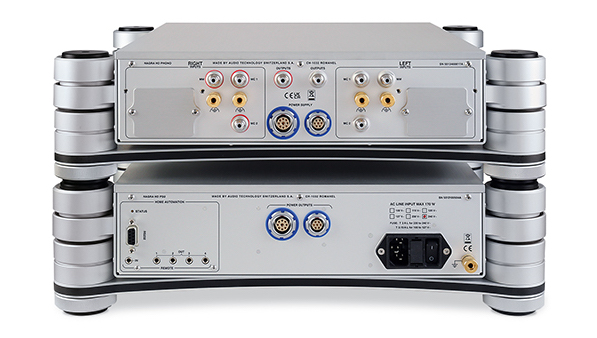
It was a simple matter to optimise each pick-up, and at no point did the HD Phono run out of headroom from the higher output Decca. I swear – and I don’t know why – it even seemed to reduce that cartridge’s innate low-level hum, which might have something to do with the plethora of available earthing solutions. From the start of The Beatles’ ‘Day Tripper’ [Past Masters], an unmarked backdrop was blatantly apparent.
That classic riff starts the song with double-tracked guitars, joined first by bass, then drums far left. Each instrument floated in its own space, no audible detritus, no grain, nothing intruding. If Nagra had named its phono stage ‘Showcase’ or ‘Sonic Window’, it wouldn’t be a conceit. If ever there was a tool to drag people back from digital sources, especially if they favour them because of the background hygiene, they’re in for a surprise with the HD Phono in that respect.
Piano perfection
It was also a showcase for valves. The warmth enveloping the vocals – as in the uncluttered passages of ‘Hey Jude’, with just McCartney singing and playing piano – was as emblematic of tubes-vs-transistors as any previous comparisons I’d experienced. Quietness and wide dynamic range characterised the entire session, from LP to LP. The sound of the piano was rich and visceral, the attack and decay, and the resonances, shining through.
The sheer power of Yes’s Close To The Edge from the remastered LP of the same name [Atlantic/Rhino R2 727100] revealed the resolving powers of the HD Phono. At around six minutes into the suite, it moves from hammering percussion and slithery guitar, with keyboard pyrotechnics sweeping behind, to the band’s undeniably ethereal harmonies, all layered against that wonderfully silent backdrop.
At one point, you could hear Rick Wakeman’s faint keyboards so far back and almost off the stage that it was as if the wall behind the loudspeakers had disappeared. Nagra’s phono preamp therefore not only exhibits but actually highlights the way valves can deliver superior three-dimensionality.
Maximum impact
Abundant headroom and an ability to contain (or should that be liberate?) bombast was certainly needed for the ‘big band’ rock of MAX’s Beyond Rodan [Digital Cellars DC5RM2LP]. This hitherto lost album, in the vein of Blood, Sweat & Tears, offers a superb horn section worthy of testing attack, while the vast soundstage afforded by the HD Phono was of a scale that allows the listener to zoom in on specific instruments with little effort. The punch and crispness were on a par with the best solid-state phono amps, while the deep, rich bass was mercifully free of the often over-damped low frequencies some transistorised phono sections deliver.
And to close? I flicked the HD Phono’s mono button, dug out The Beatles’ The 1964 US Albums In Mono [Apple 02465 71746] and wallowed in the whole of Meet The Beatles, 61 years to the day after I bought it. It was indeed a moment. Thank you, Nagra.
Hi-Fi News Verdict
While I’ve yet to experience in my system the other £50k-plus phono stages on the market, I can’t imagine they deliver anything which isn’t abundant in or on offer from Nagra’s HD Phono. This extracted with equanimity everything from a divergent mix of cartridges, and with such ease of fine-tuning that it’s as much a reviewer’s tool as it is a hi-fi component. Simply put, it is a triumph, valves or otherwise.
Sound Quality: 90%
